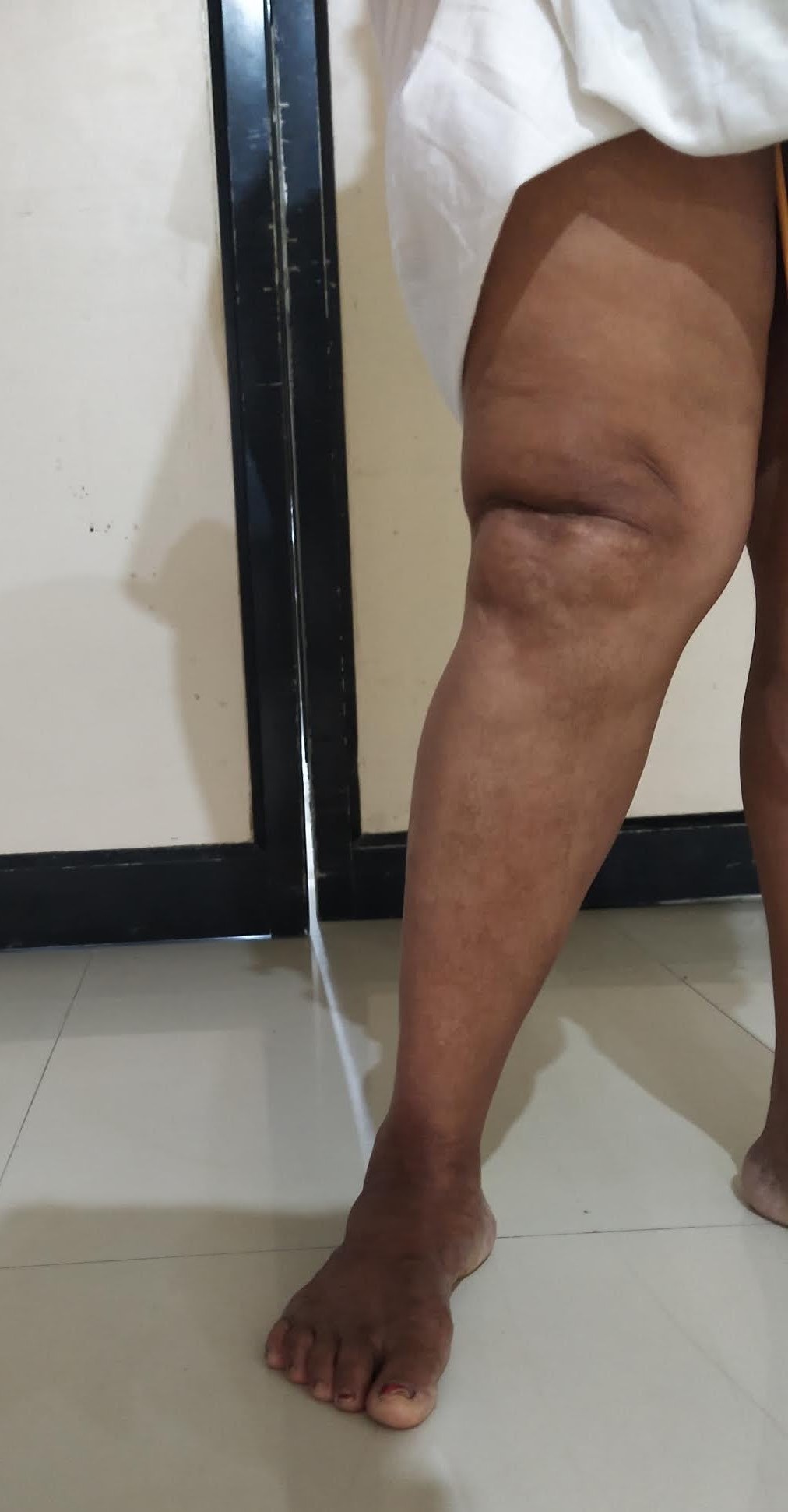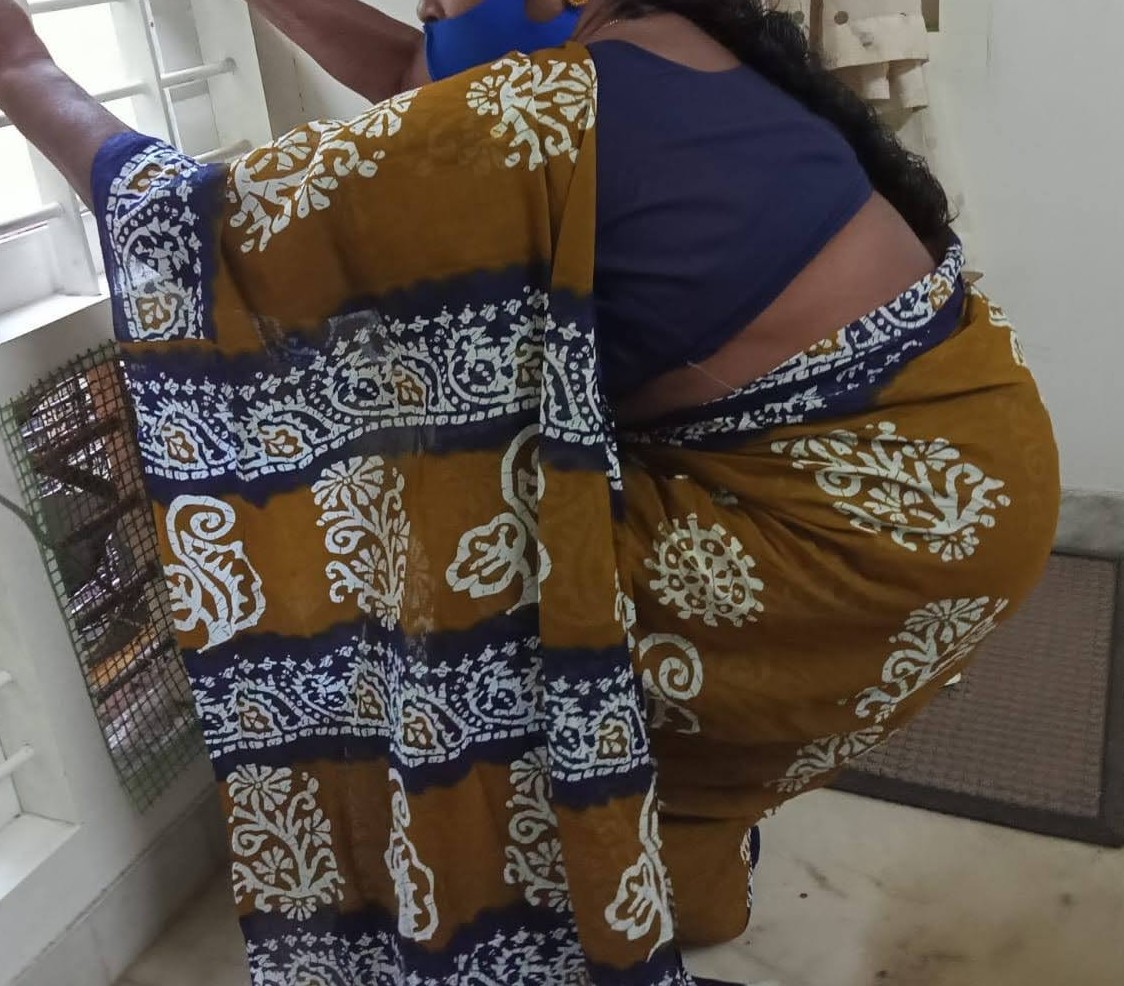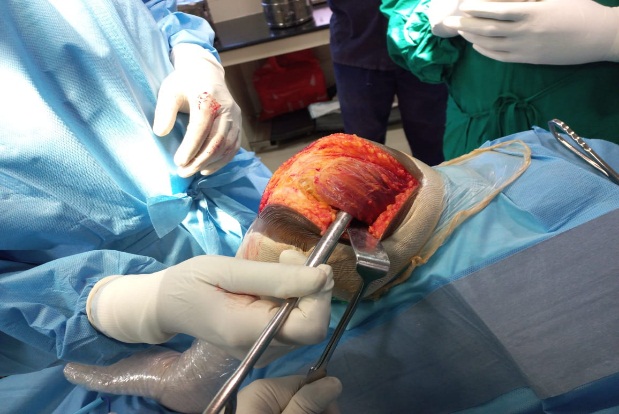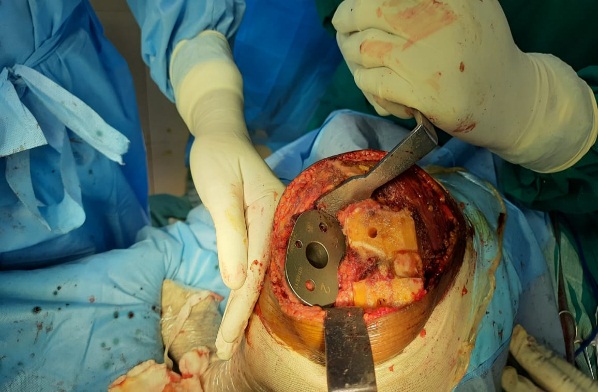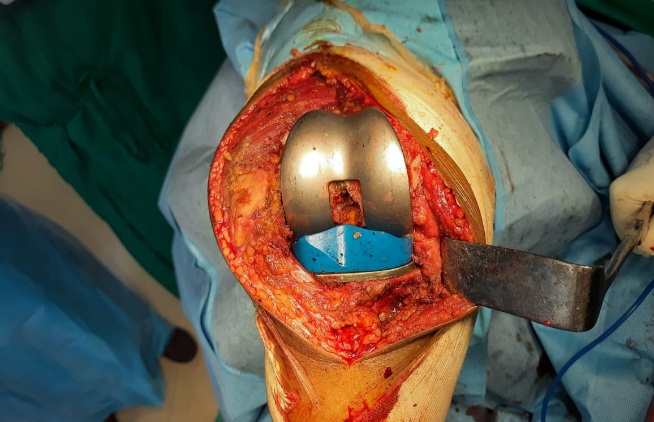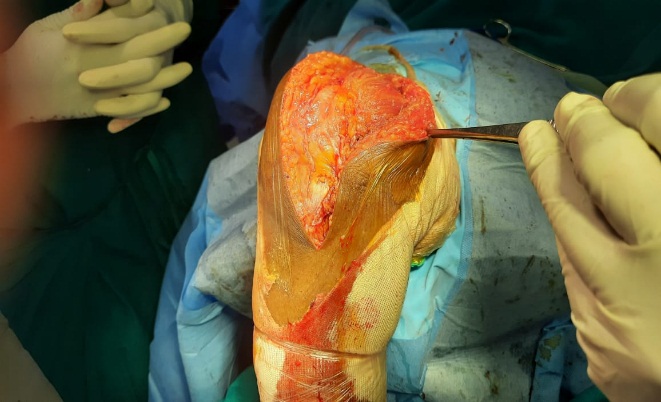Introduction
Total knee arthroplasty (TKA) has become a regular operational surgery for patients with osteoarthritis or rheumatoid arthritis to relieve pain and restore function.
After less than a decade of usage, many orthopaedic implant device designs are changed. Newer versions of these devices generally promise to be superior to previous generations. While selecting the best implant for his or her patient, the orthopaedic surgeon must be wary of the possibility of a market drive with the launch of new and "better" devices.
Conducting long-term follow-up research on a specific type of implant is difficult in orthopaedics. Total knee arthroplasty was first offered to an elderly population that led a sedentary lifestyle.
In younger, more active patients, total knee arthroplasty has been shown to be effective and long-lasting. It's a common surgery for treating severe knee osteoarthritis. There have been numerous instances of positive to excellent outcomes. Despite this, surgeons continue to experiment with the design of knee prostheses in the hopes of improving results. As a result, a variety of movable bearing tibial components have been developed. They were designed to reduce wear1 and hence extend product life. They were also designed to improve function by attempting to mimic the natural knee's kinematics.2 The subvastus approach, on the other hand, preserves the quadriceps and may aid in a faster recovery in total knee arthroplasty (TKA).
Long-term outcome and prognosis are extremely important in orthopaedic surgery. Surgical techniques for the knee joint and its surrounding structures vary, but they all aim to provide the best access to a diseased area while safeguarding essential surrounding tissues. Installing a rotating platform device, which MPA can simply construct, requires a properly aligned knee. In contrast, the subvastus approach allows for perfect lateral exposure and a fully positioned knee. Although the medial patellar approach is generally suggested for Total Knee Replacement, we believe that the lateral corner may be viewed more clearly with subvastus, making it a better choice for Rotating Platform Device insertion in varus, valgus, and stiff knee cases.
As a result, the study's purpose was tosee how well the subvastus method worked in all sorts of knee diseases using a movable bearing rotating platform implant.
Methodology
Study area and patients
From August 2021 to January 2022, this study was conducted with a convenience sample of patients. A total of 60 patients (60 knees), were observed by using a nonrandomized strategy to undertake a prospective observational analysis.
Clinical observation
Discreat examination of each patient was done carefully by medical staff. 60 knees were treated, including obese patients and having comorbidities, of IHD and HTN. Proper history of patients, radiographic analysis were taken and recorded.
Treatment by TKA using sub vastus approach
Patients with restricted preoperative ROM (flexion 90°) of the knee who received TKA using the subvastus technique were studied prospectively and the results were presented at 6 months. There were 60 patients in all (60 knees), with an average age of 63 (range 49–79 years).However the average preoperative flexion was 44°. In the present study, patients with grade 3 or grade 4 osteoarthritis of knee, who are candidates for total knee arthroplasty were included.
All patients were examined in the routine OPD and worked up for surgery. Surgery by midline incision and subvastus approach, intra operative photographs were recorded. Post-operative knee mobility assessed at day 1, 1 month, 3 months and 6 months interval. The knees were evaluated pre- and postoperatively by the American Knee Society clinical and functional score.However the standard anteroposterior and lateral view radiographs were obtained at immediate post- operative period, one, three and six months after surgery.
However, the quadriceps power was not measured objectively with a tool like a Cybex test or any other similar device.
Results
A cohort of 60 patients undergoing total knee arthroplasty (TKA) with the mobile bearing rotating platform Total Knee Prosthesis design was studied prospectively. In terms of age, the study sample was diverse. There were 60 patients in all (60 knees), with an average age of 63 (range 49–79 years).
In this study, 36 (30%) of the procedures were on the right knee, and 24 (40%) were on the left knee, with IHD 02 (3.34%) and HTN 12 (20%) comorbidities.
Table 1
Demographics
|
Age |
63 ( 49-79) |
|
Side of surgery |
|
|
Right |
36 (30%) |
|
Left |
24 (40%) |
|
Comorbids |
|
|
None |
46 (76.66%) |
|
IHD |
02 (3.34%) |
|
HTN |
12 (20%) |
The mean VAS scores in Group A (subvastus group) on day 0, day 1, day 3, and at discharge were 5.6, 3.2and 1.9 respectively (Table 2). Similarly, the mean VAS scores in Group B (parapatellar group) on day 0, day 1, day 3, and 5.8, 4.1, and 2.4, at discharge were 2.06 respectively (Table 2). The difference in mean VAS score on day 0 between both the groups was not statistically significant.
Table 2
VAS scores
|
Groups |
Day 0 |
Day 1 |
Day 3 |
Discharge |
|
Subvastus Group (Group A) |
5.6 |
3.2 |
1.9 |
2.04 |
|
Parapatellar group (Group B) |
5.8 |
4.1 |
2.4 |
2.06 |
The mean perioperative blood loss in Group A (subvastus group) and Group B (parapatellar group) were 400 (200-800) and 435 (204-820) mL, respectively (Table 3) and the difference was not statistically significant (P=0.21). Average surgical time required for subvastus approach and parapatellar approach were 90 (60-120) and 93(65-130) min, respectively (Table 3). There were no early complications noted in both the groups during the study period.
Discussion
Prior to total knee arthroplasty (TKA), patients' main concerns are pain and recovery time.3, 4 A long recovery period may be required to get satisfactory results with the usual parapatellar technique. Although the final functional outcome may be satisfactory, it may fall short of the patient's expectations for a quick return to full activity. Although the long-term functional outcomes of both the subvastus and medial parapatellar techniques are comparable in the literature,5, 6 investigations on the early functional outcomes of both procedures reveal mixed findings, with some studies favouring the subvastus approach6, 7, 8, 9 and others not.6, 10 In the literature, there are very few randomised controlled trials comparing early results of these techniques.6, 9
In this study, we compared the early functional outcomes. We compared the early functional outcome of the subvastus method with all patients, including obese patients, in this study. Patients were found to be 63 years old on average (range 49–79 years). Patients getting simultaneous bilateral TKA.11
We know that rotating platform design implants provide good knee flexion with minimal risk of spin out in the first year after surgery. A rotating platform design, on the other hand, necessitates good lateral compartmental exposure of the knee joint, particularly on the tibia side. After removing the hoffas fat pad, we could expose the lateral side with a well-done sub vastus approach and careful everting of the patella.
The subvastus technique for TKA preserves quadriceps integrity, has a lower incidence of lateral retinacular release, and promotes a faster recovery, according to the findings of this study. It provided adequate exposure in all of the operated knees. This strategy was never abandoned. The method worked as well in knees that were thought to be challenging, such as morbidly obese patients with a significant thigh girth (more than 55 cm), regardless of the degree of vastus or valgus deformity.
However, it backs up Young et al findings. that a big thigh girth (>55 cm) is a contraindication to the mini-subvastus technique due to patella eversion difficulties We assumed that the exposure would be straightforward because the anatomy of the quadriceps muscle in obese and non-obese patients is similar, and that the eversion of the patella, while difficult initially during the approach, would be easier after the femur and tibia osteotomies had effectively relaxed the quadriceps muscle. It keeps the quadriceps muscle and the patellar blood supply intact, allowing for improved patellar tracking, less lateral retinacular release, and speedier recuperation.
The average surgery duration was 90 minutes (range: 60-120 minutes), yet the average blood loss was just 400 cc (range: 200-800 cc), another benefit of this approach. The average Knee Society score increased from 42 to 89, while the function score increased from 48 to 65. The quadriceps recovery was rapid, with 95% of patients able to do an active SLR by day 2. However, one case of partial medial ligament injury did occur. On the table, this injury was identified, and end-to-end suture was possible.
The VAS scores were significantly lower from day 1 till discharge, despite a mean of 7 on day 0. In the subvastus group, the average time to discharge the patient was 2.04 days less than in the parapatellar group. Other advantages include less postoperative analgesics and a shorter hospital stay.
The subvastus method is a feasible alternative to the standard parapatellar approach because of its early strength advantage and prospective anatomic and vascular benefits. Because of the difficulties in exposing the knee and eversion of the patella, it has generally been avoided in obese patients. Obesity should not pose a difficulty for patients receiving TKA with the subvastus technique, as the structure of the quadriceps is similar in obese and nonobese people.
However, the advantages of TKA employing the sub vastus technique in a movable bearing rotating platform design approach were a shorter hospital stay, which considerably reduced the patient's expenses (about 10% to 20% less in our hospital), less pain, and less blood loss.
To our knowledge, this is the first and only study on the mid-term outcome of TKA using the sub vastus technique in movable bearing rotating platform design. We performed the same surgery on both knees because we believe that if patients have the same procedure on both sides, tasks such as utilising a commode chair, stair climbing, walking with a walker, and discomfort may be properly defined. All previous research had these characteristics missing.10, 12, 13 In comparison to the parapatellar method, the subvastus approach results in significantly less discomfort and speedier mobilisation, as well as a shorter hospital stay and higher patient satisfaction. As a result, in this patient population, this strategy may be advised.


